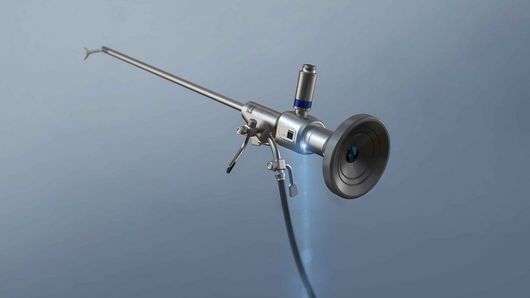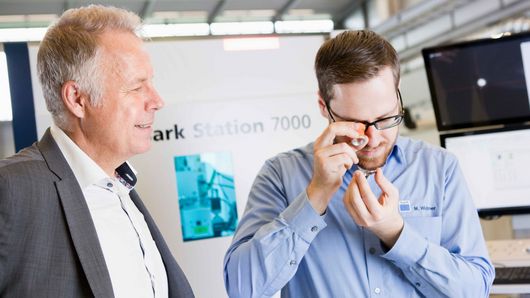Implantierbare medizinische Geräte wie beispielsweise Herzschrittmacher bestehen aus kleinsten Bauteilen und empfindlichen elektrischen Komponenten. Im menschlichen Körper müssen sie einwandfrei funktionieren und dürfen dabei keinen Schaden anrichten. Sie unterliegen einer Fülle an technischen Anforderungen und stellen deshalb hohe Ansprüche an Produktionsprozesse und -anlagen: Da die verwendeten Bauteile häufig sehr filigran und die Produktionsschritte sehr komplex sind, setzen viele Hersteller bei der Montage der Implantate auf Handarbeit. Das ist zum einen problematisch, weil es immer schwerer wird, qualifizierte Mitarbeiter zu finden. Zum anderen macht es einen Ausbau der Fertigung – vor allem mit weiteren Produktionsstätten – schwierig. Außerdem sind Hersteller verpflichtet, sämtliche Produktionsschritte nachvollziehbar zu dokumentieren.
Da implantierbare Medizingeräte für viele Menschen lebensnotwendig sind, müssen sie ausreichend verfügbar sein. Um das zu gewährleisten, sollten Produktionsanlagen zuverlässig funktionieren, nur minimale Ausfallzeiten haben und einen schnellen (Wartungs-)Service ermöglichen. Immer wichtiger wird es in diesem Zusammenhang, dass Fertigungskapazitäten und -technik sich mit notwendigen Systemkomponenten modular erweitern lassen, damit sie für diverse Produkte flexibel einsatzfähig sind.
















